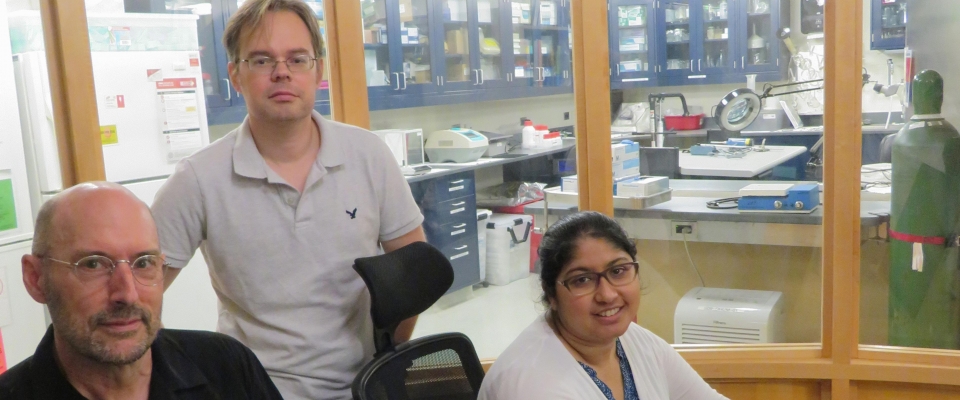You are here

Burke Neurological Institute Researchers Unveil Novel Technology to Better Measure Visual Function in Children
For parents, it is devastating to learn that their child has suffered a brain injury leaving them with a visual impairment, affecting their ability to learn, move, and develop normally. Ultimately this injury will reduce their future independence and quality of life and unfortunately is a common scenario. Because brain injuries occur frequently in children, and since a large part of the brain is dedicated to visual processing, visual dysfunction is a common outcome. Untreatable visual dysfunction that results from brain injury in children has been termed Cerebral Visual Impairment (1) (CVI) and is thought to be the leading cause of permanent vision loss in children ages 1-3(2). Crucial questions that arise with the diagnosis of CVI are: Can the child see? How well does the child see? Can the child recognize family and loved ones? Will the child recover their ability to see? Can the child’s visual dysfunction be treated?
Unfortunately, despite the prevalence and devastating consequences of CVI, we currently do not have satisfactory answers to these questions. Dr. Glen Prusky and his team of researchers at Burke Neurological Institute (BNI) have recently been awarded a five-year grant from the National Institutes of Health (NIH) titled “Grading visual impairment in children with brain injury” to pursue answers to these questions.
A major challenge for diagnosing CVI is that the same brain injury that leads to visual impairment in children can also cause impairments in cognition, attention and communication; functions that are required for participation in the current generation of vision tests. In order to assess visual function from current tests, participants need to understand instructions and provide responses (usually verbal), which are often impaired. As a result, tests that are not objective are sometimes used to diagnose visual deficits on non-communicative children. These results do not allow for comparisons between communicative and non-communicative children. Even more problematic, tests of vision are not always given to non-communicative children, leaving the true extent of CVI unknown and likely underestimated. Thus, there is an unmet need to test of visual function that do not require a high level of communication skill, are fast and efficient to administer and are highly quantitative.
To meet this need, the Prusky lab has developed an engaging computer-based system called OptokineSys, which measures visual function from the ability of participants to smoothly follow moving shapes on a video screen with their eyes. By carefully and quickly gaining evidence of smooth tracking of the shapes with an eye tracker, and then just as quickly, adjusting the visual qualities of the shape that is being tracked (ie. making the shapes harder to see similar to reading down the lines of an eye chart), the system is able to rapidly measure visual function. This system is especially useful for children with brain injury that have difficulty with understanding instructions and communicating their intentions. Using this new approach, non-communicative children with brain injury whose visual abilities were not known, have already been tested and were found to have a range of functions similar to communicative children. This ability to more accurately measure visual function in non-communicative children with brain injury will enable the researchers to more precisely diagnose and define CVI. Repeated measures made with the system also hold the promise of determining the rate of change in their visual impairment over time after injury, providing the basis to predict visual recovery. Just knowing that a brain injured child can see or knowing the degree of their visual function or change over time, can shape how the child interacts with their world, and guide how they connect with their family and loved ones. Quantifying visual function after brain injury in this innovative way will also set the stage for future studies that are planned to evaluate the ability of the device to deliver therapeutic visual experience to children with brain injury to reduce visual impairment - a treatment approach that has shown promise in pre-clinical studies at BNI.
References
- Cortical Visual Impairment Symptoms & Causes | Boston Children's Hospital. (n.d.). Retrieved June 26, 2019, from http://www.childrenshospital.org/conditions-and-treatments/conditions/c/cortical-visual-impairment/symptoms-and-causes
- Cortical Visual Impairment (CVI). (n.d.). Retrieved June 24, 2019, from https://nei.nih.gov/faqs/cortical-visual-impairment-cvi




